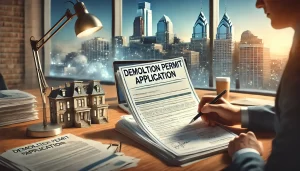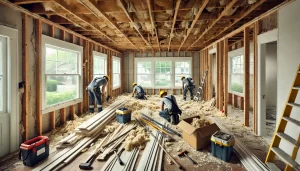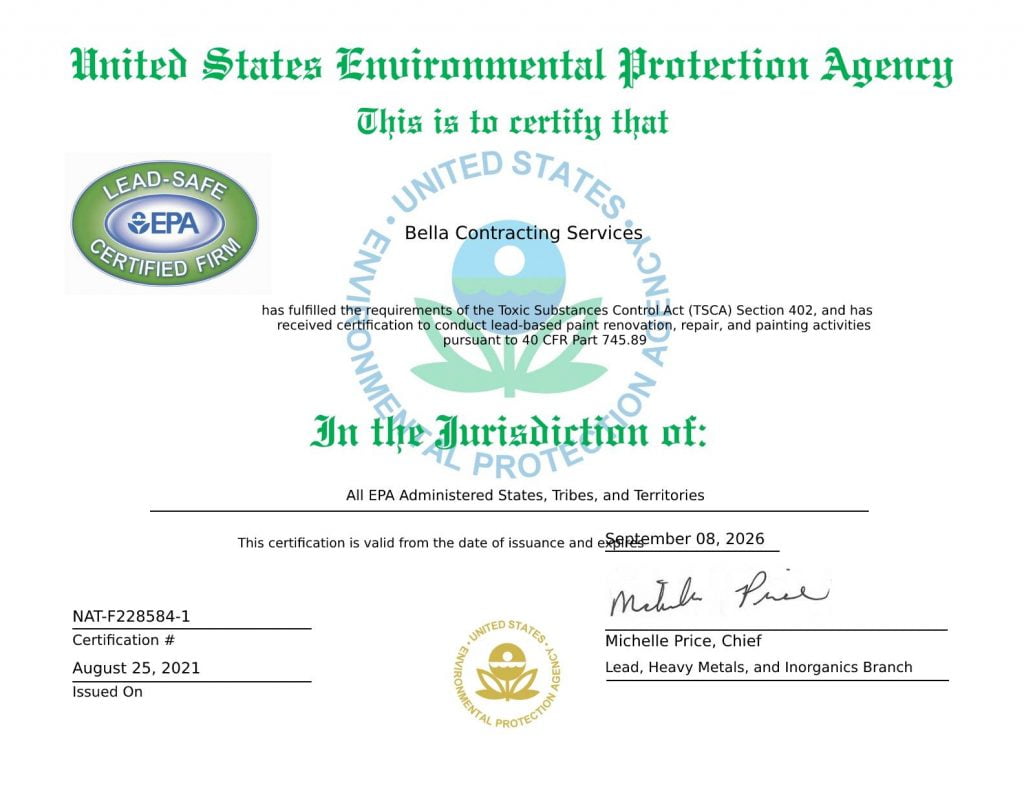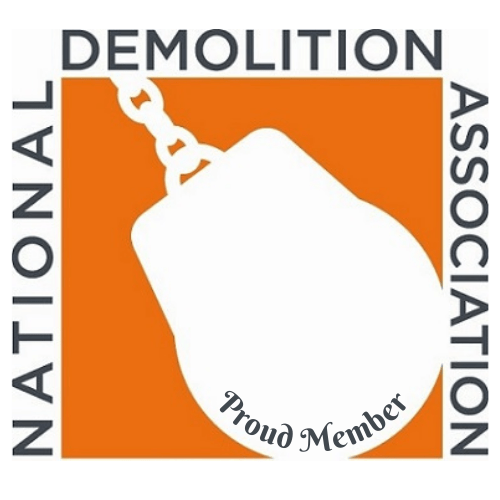Demolishing buildings is a tricky proposition at the best of times; you’ve got to keep everyone safe, clean up the site without polluting the area, and ensure that you’re following every regulation.
In densely populated areas of New York, demolition becomes even trickier. We’re going to highlight four of the broad challenges that demolition contractors and key stakeholders in the demolition process face in New York City.
Each broad challenge is made up of several interlocking challenges, and we could do a deep dive into any of these topics. If you’re interested in a more detailed blog on this topic, let us know.
Minimizing Disruptions
When working in a densely populated region, it’s important to consider how demolition activities can disrupt day-to-day living. Contractors need to be aware of:
- Sensitive utility infrastructure that could be damaged by vibrations, digging, and other work
- How work could disrupt traffic and other infrastructure
- How noise can affect nearby residents and workers
- How pollutants can aggravate allergies and other health problems
- And more
Demolition contractors have a responsibility to everyone who might be disrupted by their activities. They must contact all relevant utility companies and ensure that the Department of Buildings (DOB) is aware of their activities. Providing a plan that shows how disruptions will be minimized (where digging will be done, how scaffolding will be built, etc.) can expedite the demolition process.
Contractors must also contact New York City’s Department of Transportation (DOT) with their traffic management plan. In many cases, demolition contractors should work off-peak hours to minimize traffic disruptions in highly populated areas. Additionally, strategies like staggering when trucks arrive with building materials can help lessen disturbances.
Keeping New Yorkers Safe
Keeping New Yorkers safe is the most important part of a demolition. This starts with a lot of planning and paperwork, from ensuring all the proper permits are obtained to creating a detailed plan.
Worker safety is also of the utmost importance, and any demolition should follow the NYC Construction Code and OSHA Guidelines. Construction workers should be given plenty of rest and have ready access to food and water near the site.
Several practical techniques are used to ensure safety. Fencing, barriers, scaffolding, and other structures are built to contain debris and protect pedestrians and vehicles from falling objects. Water sprays may be used to stop dust from spreading, noise barriers can minimize the impact of vibrations, and warning signs can stop unauthorized individuals from accessing the construction site.
These are just a few of the many techniques that are used to keep all stakeholders safe during the construction process.
Different Boroughs Have Different Regulations
All of New York City is governed by the New York Construction Codes; each borough, however, has its own Department of Building (DOB). Hypothetically, the construction code should be applied equally throughout the boroughs, but differences in zoning and density can result in dramatically different implementations of the code in different boroughs.
Take Manhattan, for example. The borough has several different historic districts with their own stringent requirements for demolition. By understanding each borough, its historic districts and landmarks, and the zoning requirements in each, you can expedite the demolition process.
Demolishing Skyscrapers Is Its Own Challenge
Even in a wasteland, it would be tough to demolish a skyscraper; in densely populated areas, it’s much more difficult.
Most demolition companies take a deconstruction approach to skyscraper demolition. Starting at the top, the skyscraper is taken apart floor by floor. Some floors are gutted and used as bracing floors to secure the scaffolding workers will use during the deconstruction process. As always, the health of all stakeholders, including nearby residents, is taken into account, and asbestos and other harmful materials are removed before the deconstruction process begins.
Conclusion
With a host of practical, logistic, and legal challenges, demolition in New York City isn’t easy—but it’s well worth the extra effort to keep everyone safe. Our demolition contractors in NYC are proud of our safety record and of all of the demolition projects we’ve undertaken in the city. Interested in learning more about our services? Give us a call. Want to know more about any of the topics we’ve covered today? Let us know; we want to keep you informed.










